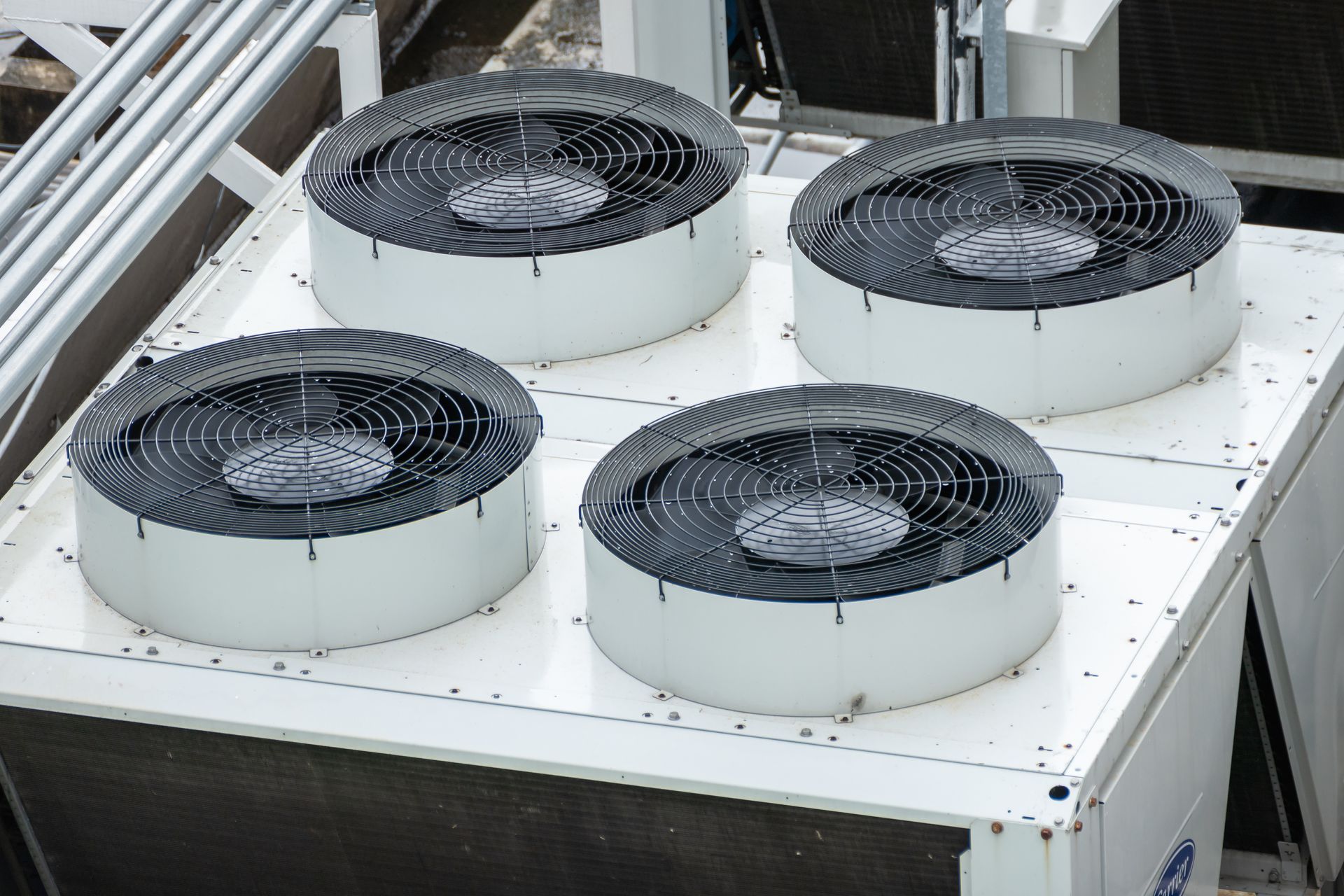How Commercial HVAC Controls Reduce Overhead for Multi-Tenant Buildings
Share

Property owners and facility managers often need to accommodate multiple businesses with different schedules, occupancy levels and comfort expectations. Without the right HVAC controls, they often end up with higher utility bills, disputes over energy use and systems that run longer than necessary.
Modern HVAC control systems are designed to solve these problems. They provide the visibility, precision and accountability needed to keep tenants comfortable while reducing wasted energy. For property owners in Arlington and Fort Worth, where operating costs continue to rise, investing in smart controls is one of the most effective ways to improve profitability without sacrificing tenant satisfaction.
Poor Control in Multi-Tenant Properties Can Be a Drain on Owners
In single-use buildings, HVAC scheduling is relatively straightforward. In a multi-tenant property, the system must adapt to multiple sets of hours and usage patterns. Without advanced controls, the safest way to avoid tenant complaints is to run equipment longer than necessary, which drives up overhead. A well-designed control system ensures energy is used only when and where it’s needed, reducing operating costs without sacrificing comfort.
Improved Tenant Billing Accuracy
One of the most common points of friction in multi-tenant buildings is billing. If tenants are charged based on square footage rather than actual usage, heavy users may be underpaying while low-use tenants subsidize their neighbors. Advanced HVAC controls paired with submeters or zone-level monitoring allow for accurate tracking of energy consumption. Tenants are billed for what they actually use, which not only ensures fairness but also encourages energy-conscious behavior.
Smart Scheduling and Occupancy-Based Controls
Smart controls allow facility managers to program HVAC schedules around tenant hours. A retail tenant that operates evenings and weekends won’t impact an office tenant that only works weekdays. Occupancy sensors can further refine control by reducing output when spaces are empty. This prevents the system from running at full capacity in unoccupied areas, significantly reducing waste.
Energy Benchmarking and Compliance
Even when not mandated, benchmarking is a valuable management tool. Modern control systems generate the data needed to track energy performance over time, compare against standards like ENERGY STAR and identify inefficiencies.
Load Balancing Across Tenants
Uneven system demand is another challenge in shared buildings. A data-heavy tenant with dozens of servers may place more strain on the system than a retail storefront. HVAC controls help balance loads so that no single tenant’s needs overwhelm the equipment or reduce comfort for others. This prolongs system life and helps avoid costly breakdowns.
Remote Monitoring and Centralized Management
Facility managers overseeing multiple properties benefit from the ability to monitor systems remotely. Cloud-based HVAC controls allow performance data and alarms to be accessed from a single dashboard, whether the manager is on-site or off-site. This centralization saves labor costs and ensures issues are addressed quickly, without the need for constant in-person checks.
Integration With Building Automation Systems
Modern HVAC controls often integrate with a building automation system (BAS), tying HVAC performance to lighting, security and other building functions. For example, HVAC can be scheduled to align with lighting schedules, or setback modes can activate when access control systems detect the building is unoccupied. Integration creates additional layers of efficiency and simplifies facility management.
Identifying Maintenance Issues Early
HVAC controls do more than manage schedules and billing. They also collect operational data that can flag potential problems. Rising energy consumption in a specific zone may indicate a failing component, while temperature imbalances can point to duct or damper issues. Early detection allows repairs to be made before they escalate into costly failures, reducing downtime and preventing tenant complaints.
Long-Term ROI for Property Owners
The upfront cost of advanced controls is often outweighed by the long-term benefits. Lower utility bills, extended equipment life and reduced service calls all contribute to lower operating expenses for owners. Accurate billing also improves tenant relations by eliminating disputes over energy charges. In competitive leasing markets like Arlington and Fort Worth, buildings with modern, efficient systems stand out to prospective tenants.
Reduce Heating and Cooling Overhead With Smarter Controls in Your Fort Worth Facility
In multi-tenant buildings, HVAC is one of the largest contributors to overhead. Outdated or poorly managed systems can waste thousands of dollars annually in unnecessary energy use.
If your facility is soliciting bids for an HVAC controls upgrade or replacement, include Tom’s Commercial in your RFP process. Call us at 817-857-7400 or contact us online for more information.










